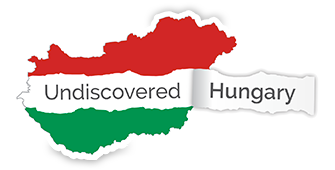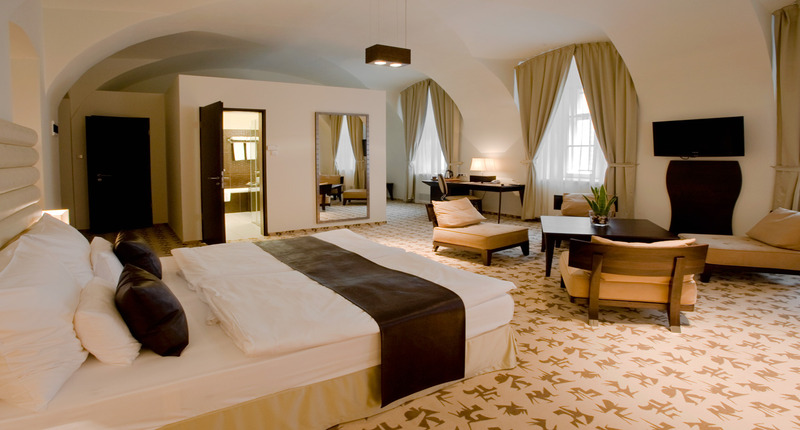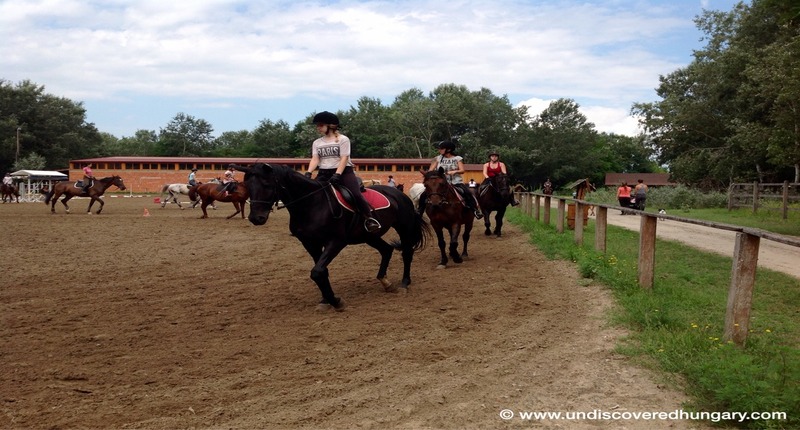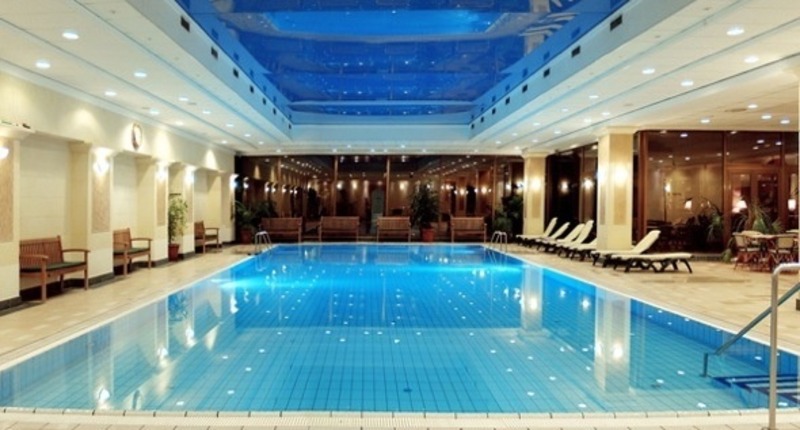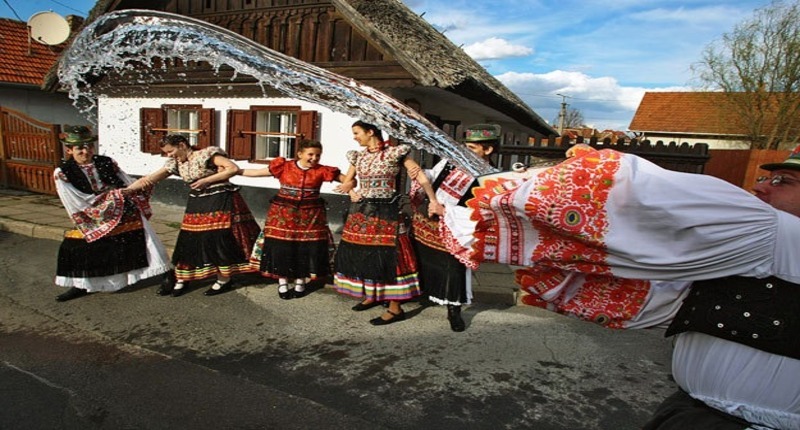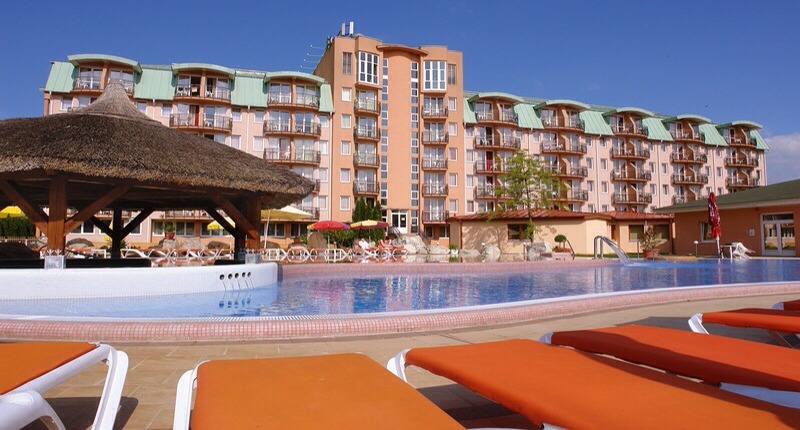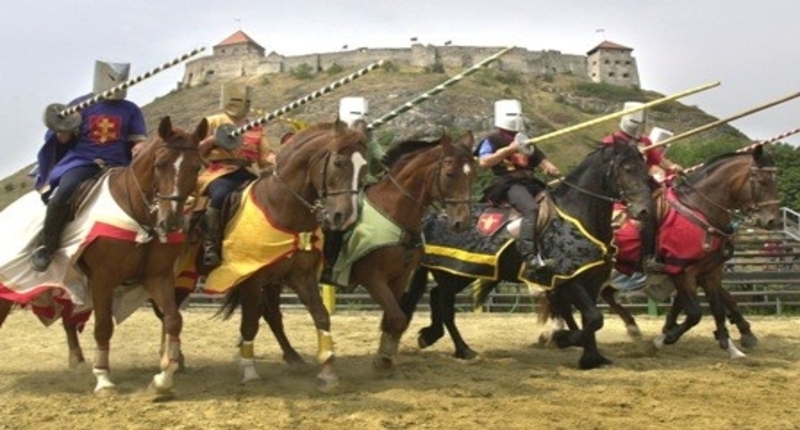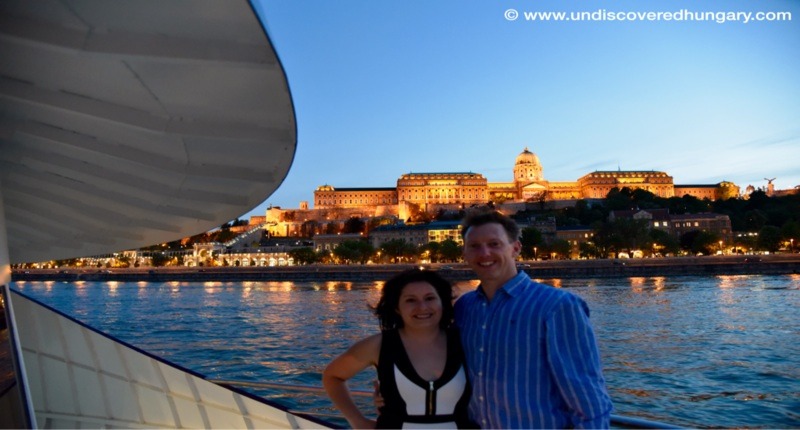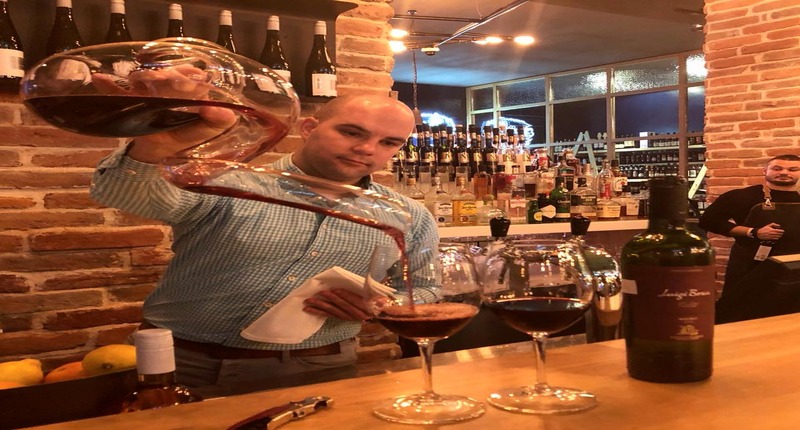Useful information
Hungary is two days drive from the UK and is a good destination for a road trip (contact us for a suggested routes taking in good sites in other countries on the way). Alternatively there are direct flights from Bristol and London.
The country was established in 895 AD when 7 nomadic tribal leaders descended into the Carpathian Basin and decided the land was so fertile that they should settle and establish a nation. The monument in Hero's square celebrates these founders and a Cyclorama, commissioned for the 1,000 anniversary, is displayed at the National Historical Memorial Park, Ópusztaszer, Hungary.
The Hungarian language is unique with its closest equivalent Finnish but speaking to some Finnish friends with Hungarians it is obvious that they cannot understand a word of each others languages! With 46 letters it is a challenge for me to learn but I have picked up the basics for ordering essentials. Fortunately, since the end of communism and Soviet occupation in 1989, English has been taught as the second language and is spoken extensively throughout the service sector. Hungarians are welcoming to all tourists, it is ranked 30th in the most visited country in the world (the number of visitors in a year exceeds the population). As in all countries making an effort to speak a few words of their language is greatly appreciated and reciprocted with friendliness.
Although part of the EU Hungary, in retrospect to their benefit, has not yet joined the Eurozone. The national currency is the Forint which is approximately 350 to the pound or 290 to the Euro. The money exchange market is highly competitive in Budapest and the principal cities so you are better placed changing your own currency to Forint when in Hungary as opposed to being ripped off by the high street banks, for example, in the UK. ATMs tend not to charge for cash withdrawals but your own card issuer might. The cheapest way of withdrawing cash is to obtain a prepaid credit card prior to your visit that specialises for the Forint. Most retail outlets will also accept Euros but other currencies might not be accepted and if they do it will be at a premium rate.
Hungary is one of these weird countries that drives on the right. The speed limit on the motorways is 130Km/hr. If you are using these you will need to buy a permit which all petrol stations sell. You can also buy it on the internet or via your hire / rental car company. Make sure you do this before using the roads as their are camera vans and static cameras all over the place. Curiously there are few speed traps; the effort is placed on fineing drivers who have not purchased the permit tax.
Hungary can be visited at any time of year, although most visitors may prefer the hotter months of spring and autumn beside ofcourse summer time. Winter months are enjoyable for the Christmas markets, outdoor bathing in hot spas and ice skating; summer months can be very hot but the city hosts the famous Sziget Festival in August, which is always a draw and many locals decamp to Lake Balaton so the city can be quieter. There are several outdoor pools and aquaparks throughout Hungary, see our selection of baths and aquaparks under activities and attractions.
Hungarian cuisine:
Hungarians usually eat 3 main course: soup, main course (such as stew or some kind of meat dish usually) and dessert like strudel or pie, icecream or stuffed pancakes (palacsinta). Portions are very sufficient and the food is very tasty.
There are modern and traditional Hungarian style restaurants, the latter called csárda, usually with gipsy band playing and they most certainly serve the Hungarian hot fish soup called halászlé. Other famous Hungarian dishes would be Chicken Paprikás (paprika stew in sour cream with sweet paprika) served with nokedli (a kind of nudle). Gulyás (goulash) ofcourse the other very famous and popular Hungarian dish.
There are different forms of creamy vegetable stews called főzelék as well as cold fruit soups, like cold sour cherry soup, which is unique to Hungary.
Meat stews, casseroles, steaks, roasted pork, beef, poultry, lamb or game and the Hungarian sausages and salami are a major part of Hungarian cuisine. Another delicious Hungarian meal is stuffed peppers and stuffed cabbages. Hungarians use lots of paprika, sour cream, onion and garlic.
